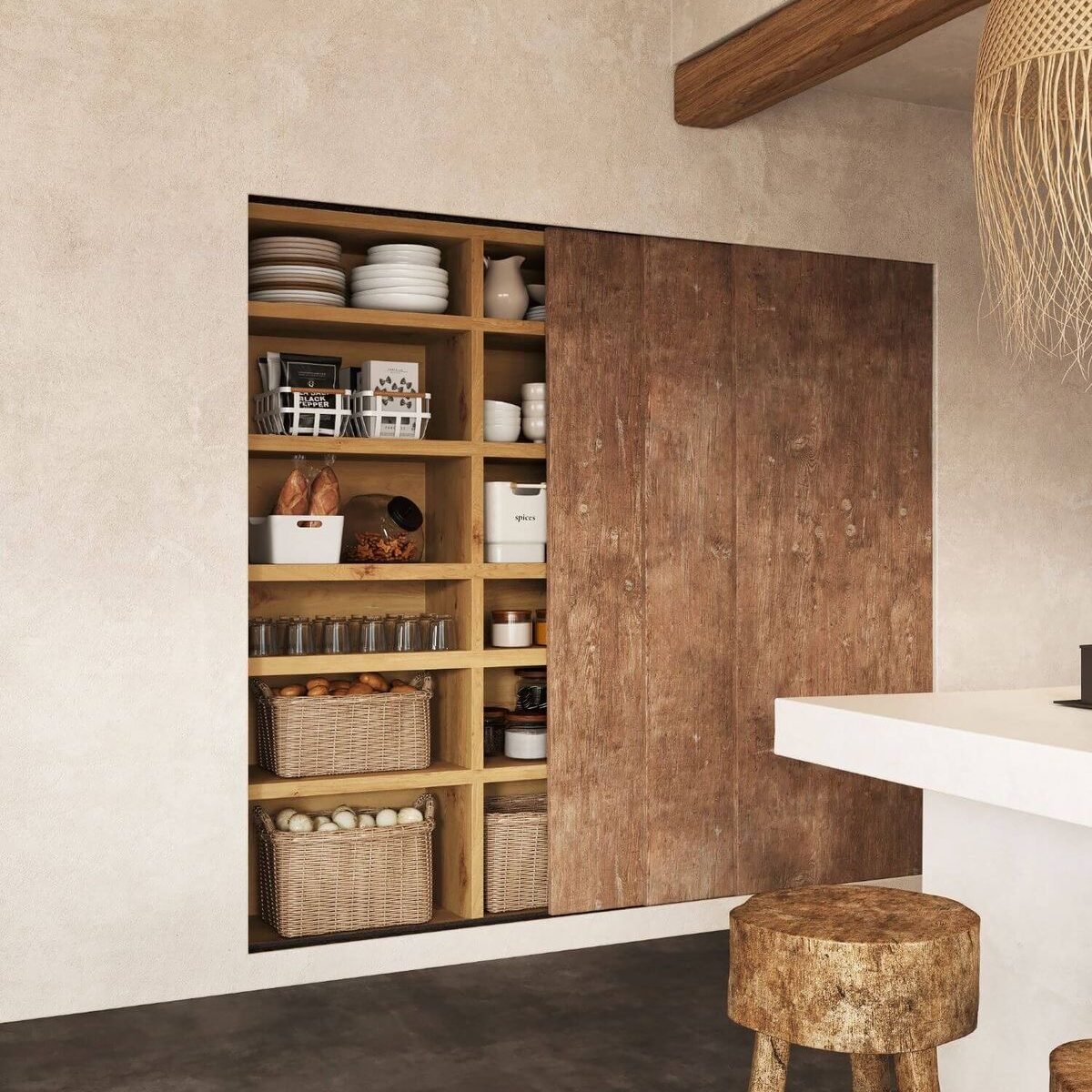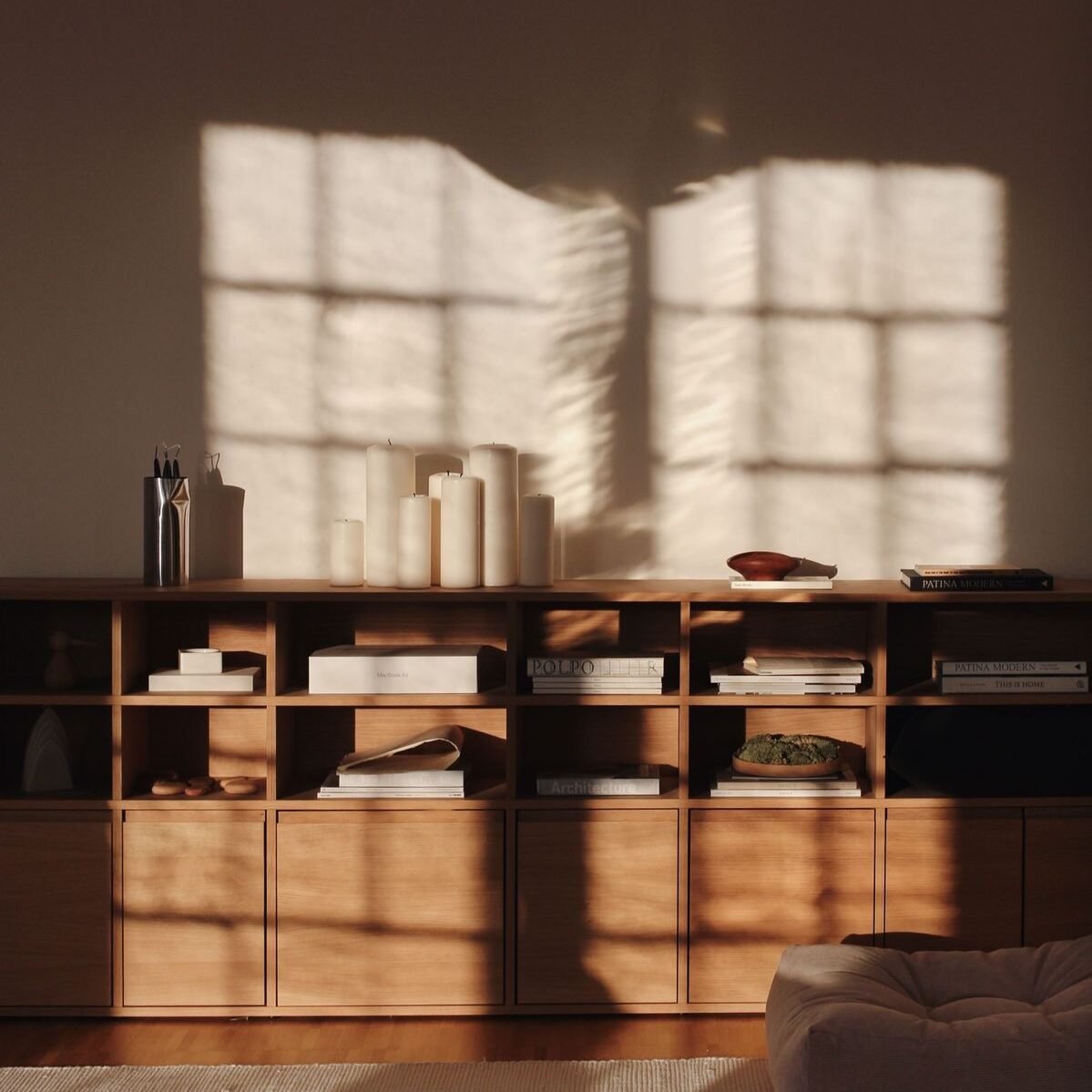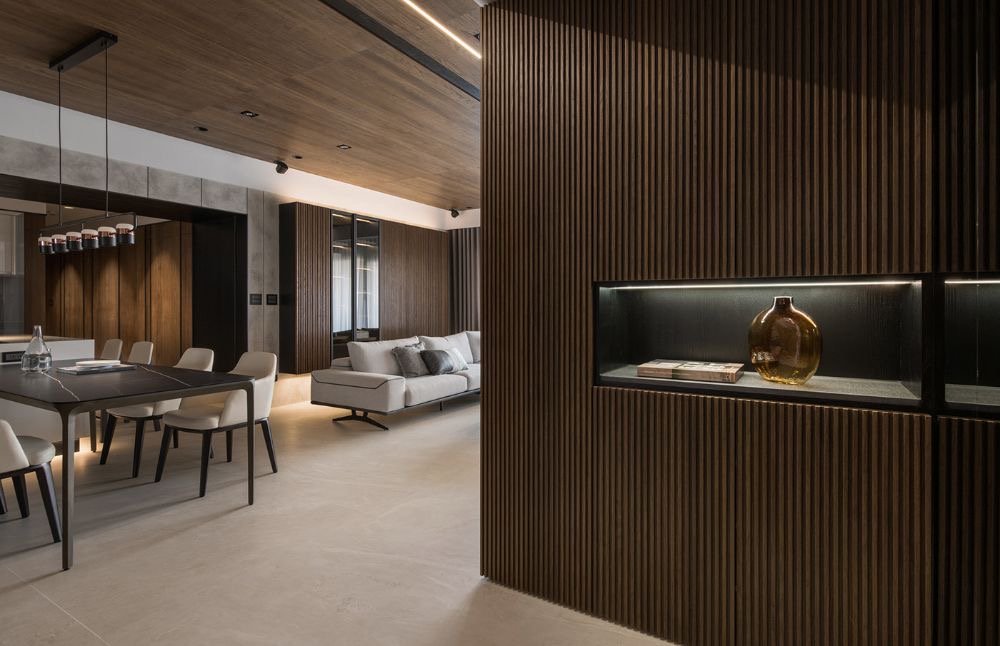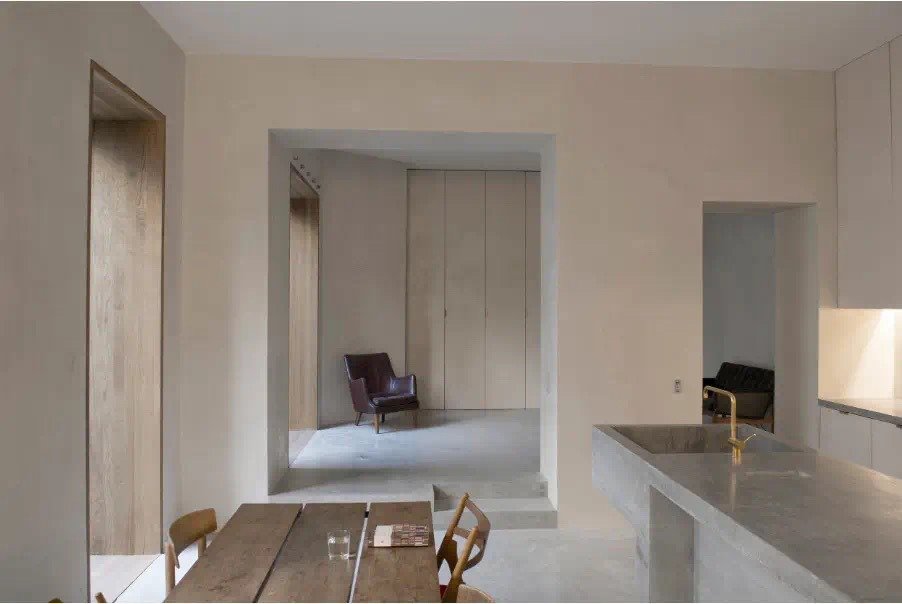In today’s fast-paced world, the pursuit of possessions often leads to mounting stress and an overwhelming lifestyle. This has sparked a growing interest in simplicity and minimalism. This piece aims to explore the essence of minimalism, offer insights into the aesthetics of a minimalist’s living space, and examine the benefits and challenges of adopting this lifestyle.
Key contents of this article:

What is Minimalism
In English, minimalism, also known as the minimalist lifestyle, represents a way of life characterized by simplicity, cleanliness, and a design philosophy that promotes the idea of ‘less is more.’ The goal is to eliminate unnecessary items that lack meaning, can be easily replaced, or are not truly valued. By doing so, this practice seeks to improve the quality of life, enhance aesthetics, and create mental space while curbing impulsive spending. The ultimate objective is to declutter and prioritize things that truly matter. This article aims to provide a holistic perspective on minimalism, drawing insights from a range of proponents.

Advantages of a Minimalist Lifestyle
Embracing minimalism offers a spectrum of benefits, encompassing stress reduction, heightened productivity, an enhanced quality of life, and the invaluable gift of surplus time. It empowers individuals to maintain mental clarity, channeling attention towards crucial aspects of life. By reducing possessions and trimming unnecessary activities, one can reallocate vital resources to meaningful areas. Opting for minimalism also liberates individuals from the materialistic pursuit, subsequently alleviating anxiety and stress and fostering a serene and uncomplicated lifestyle. Here’s a concise enumeration of the key benefits:
- Simplifying Household Possessions: At the core of minimalism lies the practice of decluttering life, retaining only practical and essential items. Streamlining household items not only eases domestic chores but also cultivates a tidier and more comfortable living space. Conducting a weekly inventory check to discard or donate unnecessary items is recommended.
- Boosting Efficiency: Minimalism streamlines focus, reducing distractions, and enhancing concentration on current tasks. A well-organized workspace nurtures clear thinking, increasing work efficiency and task completion.
- Time and Financial Resource Management: Embracing minimalism saves time and financial commitments needed to maintain excess possessions. Redirecting these resources to meaningful pursuits such as travel, learning, and quality time with loved ones magnifies their value.
- Stress Reduction and Serenity: A harmonious living environment fosters relaxation and comfort. Managing possessions at a moderate level facilitates mental clarity, reducing stress and anxiety. Organizing and simplifying serve as effective stress-relief practices.
- Cultivation of Fulfillment: Embracing minimalism liberates time and energy for activities that deeply resonate, whether it’s reading, creative pursuits, or physical activities. These endeavors nourish mental and physical well-being, fostering a profound sense of happiness and contentment.
Exploring the Challenges, Room Design, and Steps to Embrace Minimalism
Challenges in Adopting Minimalism
Minimalism, despite its numerous benefits, might pose challenges for some individuals. Letting go of possessions can evoke feelings of loss and helplessness. Additionally, concerns about restricted freedom or creativity might deter some from embracing this lifestyle. There’s a prevalent perception that minimalism is extreme, unattainable, or impractical. However, the essence of minimalism lies in preserving essentials, simplifying life, and reducing unnecessary consumption and waste for a better lifestyle for oneself and the environment.
Crafting a Minimalist Room
In the realm of minimalism, the organisation and design of a room echo a minimalist style. These spaces are characterized by cleanliness, brightness, spaciousness, and order—a style ideal for those seeking simplicity.

Creating a minimalist room involves reducing the number of items to retain only essentials like a bed, desk, chair, and wardrobe while donating or discarding unnecessary belongings. The choice of colors is vital; white or light shades create a brighter, more expansive ambience. Embrace simple furniture and decor such as white cotton curtains, wooden floors, and straightforward bed frames to infuse a natural and cozy feel. Employ storage solutions like boxes or drawers to maintain a clean, organized space, promoting comfort and tidiness.
- Steps Towards a Minimalist Lifestyle: Living in a world heavily influenced by consumer culture and relentless advertisements often leads to purchases that offer fleeting satisfaction rather than genuine happiness. To counter this, adopting a minimalist lifestyle helps focus on what’s genuinely important.
- Assessing Belongings: The first step toward minimalism involves a close examination of possessions. Identifying items of true importance aids in reducing clutter and focusing on what holds value, freeing one from the constant quest for new items or lost belongings.
- Curbing Unnecessary Shopping: It’s crucial to resist unnecessary purchases. Prioritize needs over desires and employ a contemplative approach before acquiring new items. Avoiding impulsive shopping not only saves money but also sustains a clean and fresh living environment.
- Environmental Consciousness: A sustainable lifestyle aligns with minimalism. Reducing disposable products, recycling, and conserving energy are not just components of minimalism but necessary practices in the modern world. These actions not only aid the environment but also elevate one’s quality of life.
Streamlining Thoughts and Emotions: Minimalism isn’t just about discarding material possessions; it extends to simplifying thoughts and emotions. It involves focusing on the present, savoring moments, and releasing attachments to the past and future. This mindset promotes a relaxed, contented life, appreciating the simplicity and beauty it offers.
Consistent Evaluation and Improvement: The journey toward minimalism involves a consistent review of items and lifestyles, finding new ways to simplify, ensuring goals and values are realized, and continuously evolving. Encouraging others to adopt this lifestyle and sharing their experiences fosters a successful minimalist community.
Debunking Common Misconceptions
There are common misconceptions about minimalism, like that reducing belongings equals poverty or that minimalists lack creativity. In reality, minimalism is a deliberate pursuit of a liberated lifestyle, and its practitioners often seek a cleaner, more aesthetic living environment while valuing quality over quantity.
Distinguishing Minimalism from “Dan-Sha-Ri”
Minimalism, in the context of modern life, is a deliberate pursuit of a liberated lifestyle by reducing unnecessary possessions and emphasising value and meaning. It aims to create a cleaner, more aesthetic living environment while valuing quality over quantity. On the other hand, “Dan-Sha-Ri” is a Japanese method that focuses on the organized elimination of meaningless or unnecessary items, releasing past attachments, and embracing a new way of life. While both approaches aim to simplify life, minimalism emphasizes the value of possessions, while “Dan-Sha-Ri” centers on the constant flow of items in and out based on necessity, shedding past attachments.


